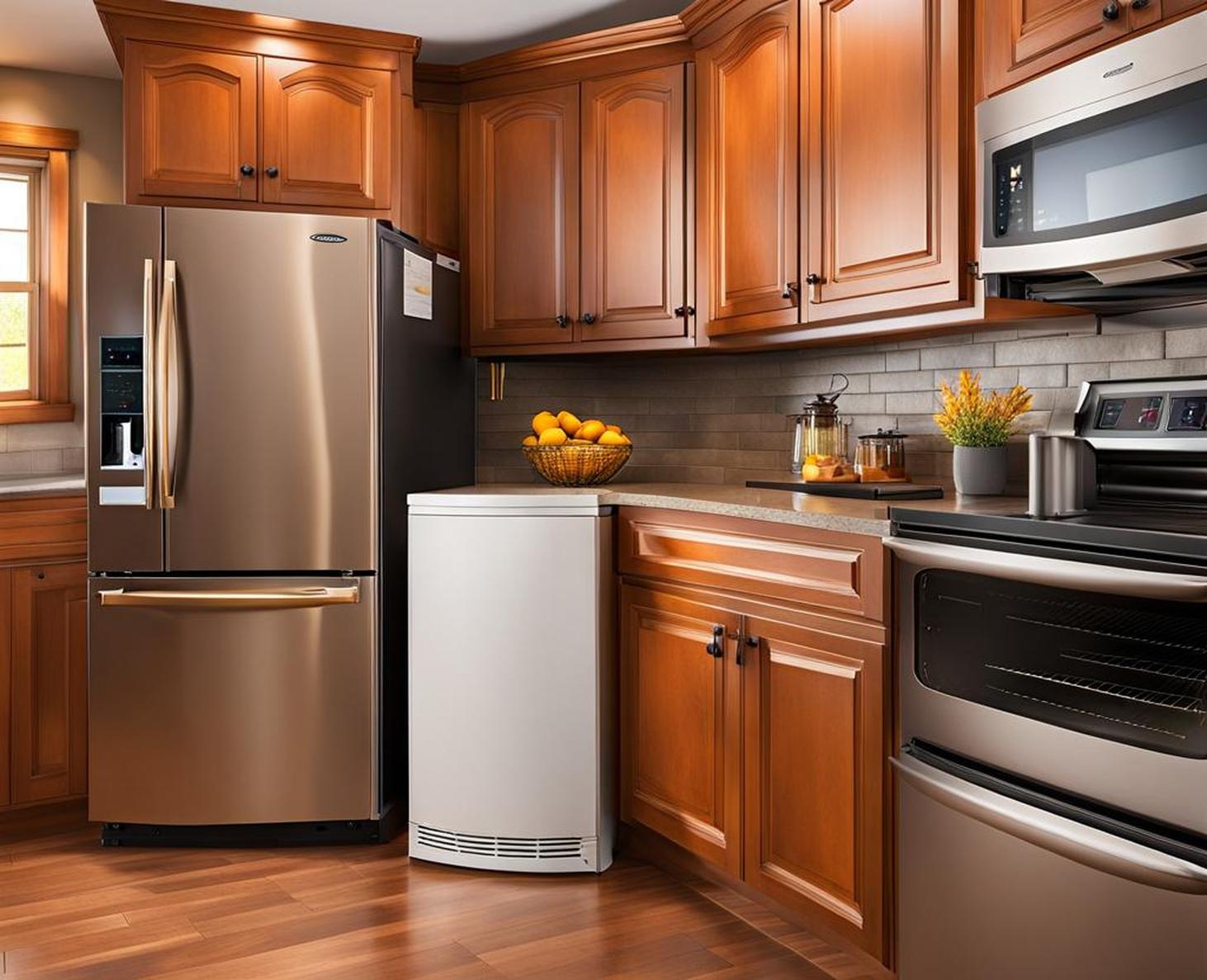Selecting the right furnace for your home is an important decision that requires careful consideration of the different types available. With options like natural gas, oil, electric, and propane furnaces, how do you determine which is best for your needs?
Furnace Efficiency Ratings
One of the most important things to look at is the furnace’s efficiency rating. This metric, known as Annual Fuel Utilization Efficiency (AFUE), measures how much of the fuel is converted to usable heat.
The higher the AFUE percentage, the more efficient the furnace. Modern furnaces range from 80% to 98% efficient.
Natural Gas Furnaces
Natural gas furnaces are one of the most popular options, combining high efficiency with reasonable operating costs. The AFUE ratings for modern natural gas furnaces range from 80% for basic models up to 98% for top-tier condensing furnaces.
Because natural gas is a cleaner-burning fuel source, these systems are energy-efficient and environmentally-friendly. Natural gas prices also tend to be stable compared to other fuels.
The main downside is that your home needs access to a natural gas line to use this type of furnace. Installation costs may be higher if a gas line needs to be added.
Oil Furnaces
Oil furnaces are common in the Northeast where heating oil is a familiar fuel source. The AFUE range is 80-90%, slightly lagging behind natural gas systems. However, modern oil furnaces can approach 90% efficiency.
Homes already equipped for oil heat may prefer sticking with an oil furnace. But the fuel can be messy, smelly, and needs regular delivery. Maintenance costs are typically higher than natural gas systems.

Electric Furnaces
Electric furnaces heat homes through electric heating elements instead of combustion. While upfront costs are usually low, operating an all-electric system can get expensive compared to gas.
However, electricity is a clean fuel source. Electric furnaces are energy-efficient with AFUE ratings near 100%. This makes them an eco-friendly option that works well for smaller homes.
Propane Furnaces
For homes not connected to natural gas lines, propane furnaces offer an efficient heating solution. Their AFUE ratings range from 80-97%, nearly on par with natural gas.
Propane offers more flexibility for difficult installations like a converted attic or basement. But propane prices tend to fluctuate more than natural gas. Overall operating costs are higher.
Key Factors to Consider
To choose the right furnace, start by looking at availability and costs. Examine your budget, utility prices in your area, and fuel access. A cleaner, greener system may be preferable if the costs are manageable.
Compare AFUE ratings to get an idea of potential energy savings. Units with higher percentages convert more fuel to usable heat. Prioritize efficiency within your budget.
Also, consider your climate and home layout. A modulating or variable-capacity furnace adjusts output based on demand. This results in lower energy use compared to single-stage systems.
Getting professional advice can ensure your new furnace is correctly sized and installed. With some research and expert help, you can pick the perfect system to maximize comfort and savings.
Choosing the right furnace involves comparing key factors like efficiency, operating costs, and availability. Consider your budget, utility prices, climate, and fuel access when deciding between natural gas, oil, electric, and propane furnaces.
Focus on finding a system to meet your home’s needs at an optimal price point. With some research and professional guidance, you can determine the best furnace solution for comfort, savings, and reliability.
